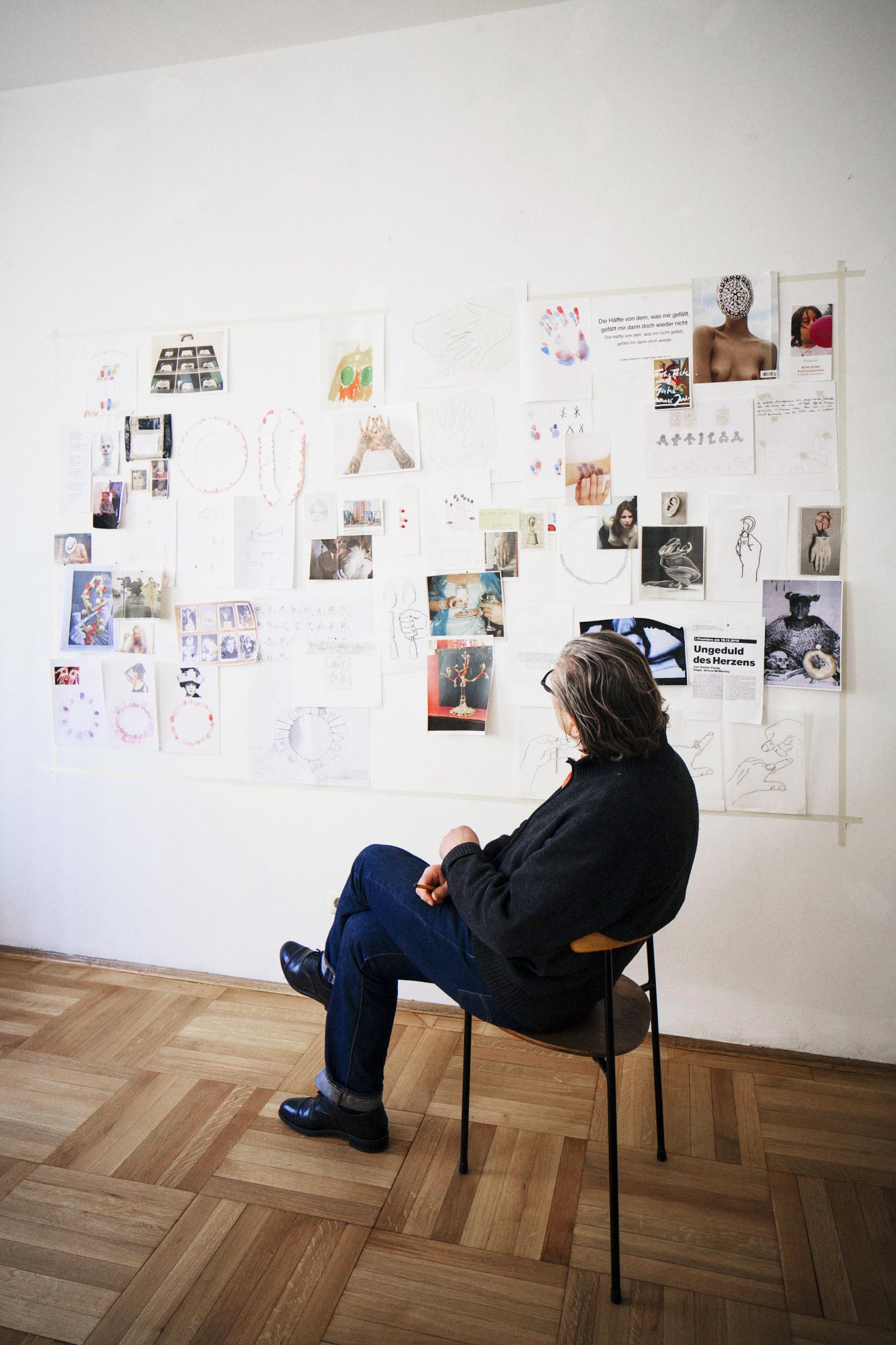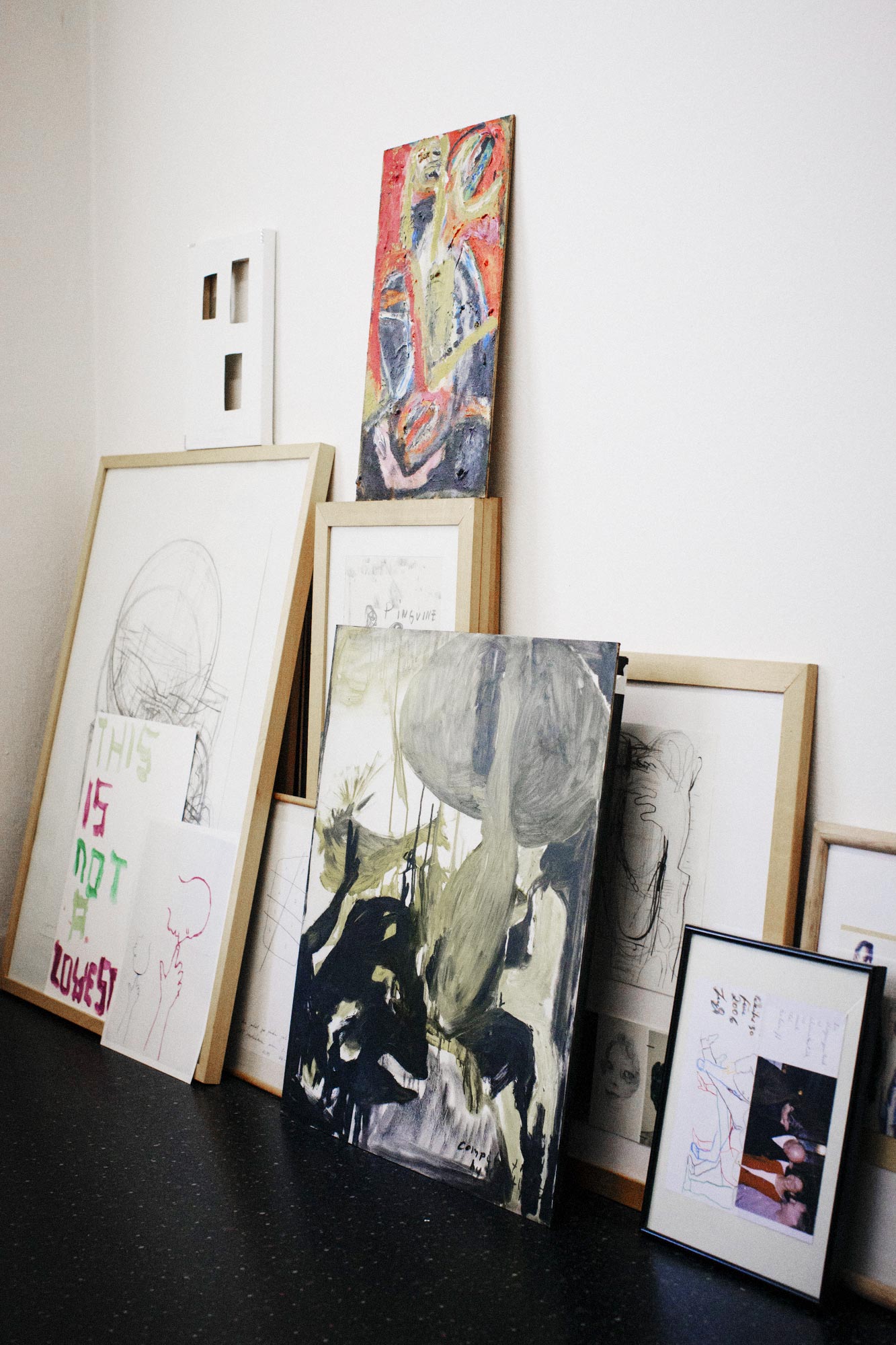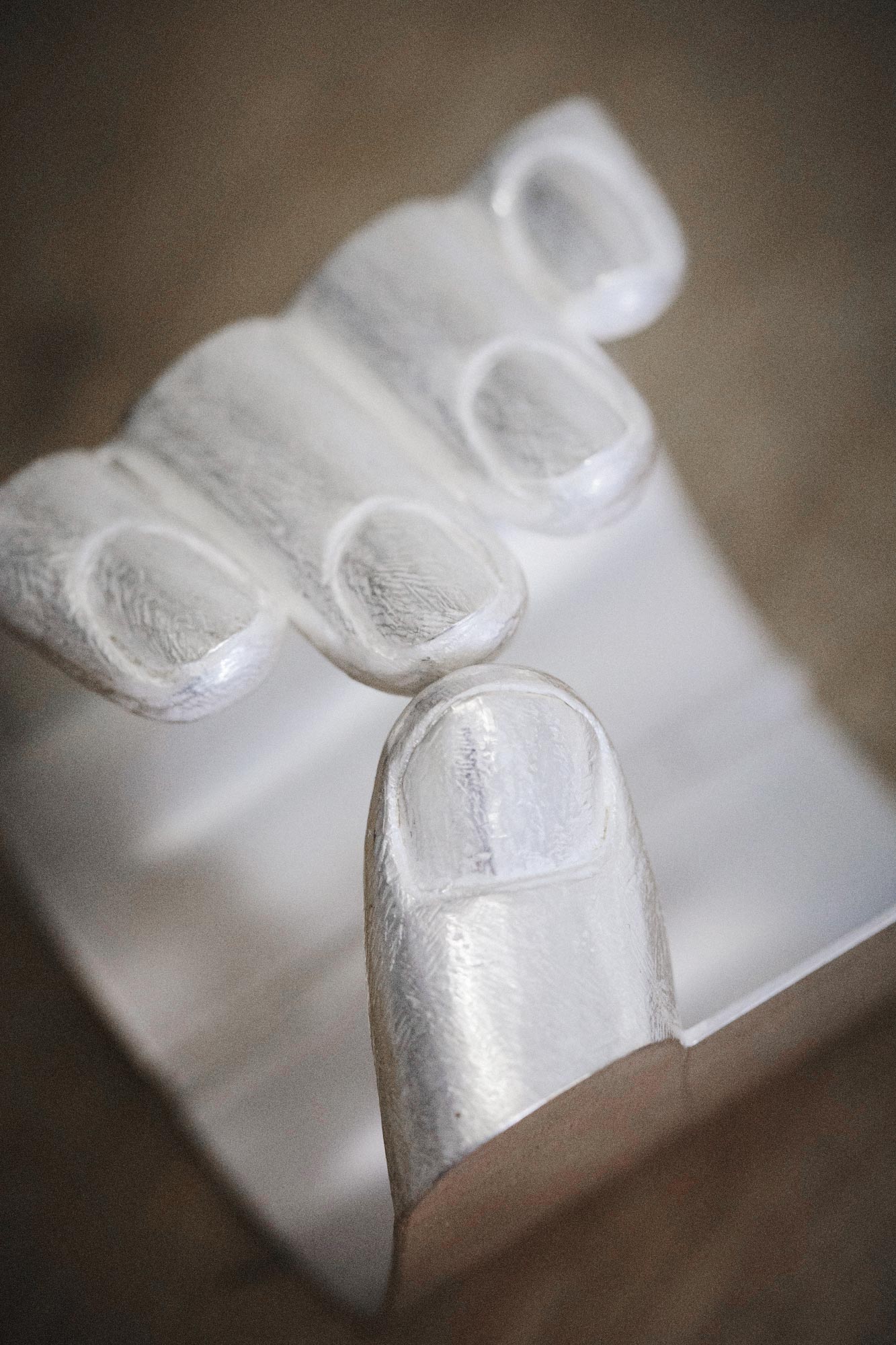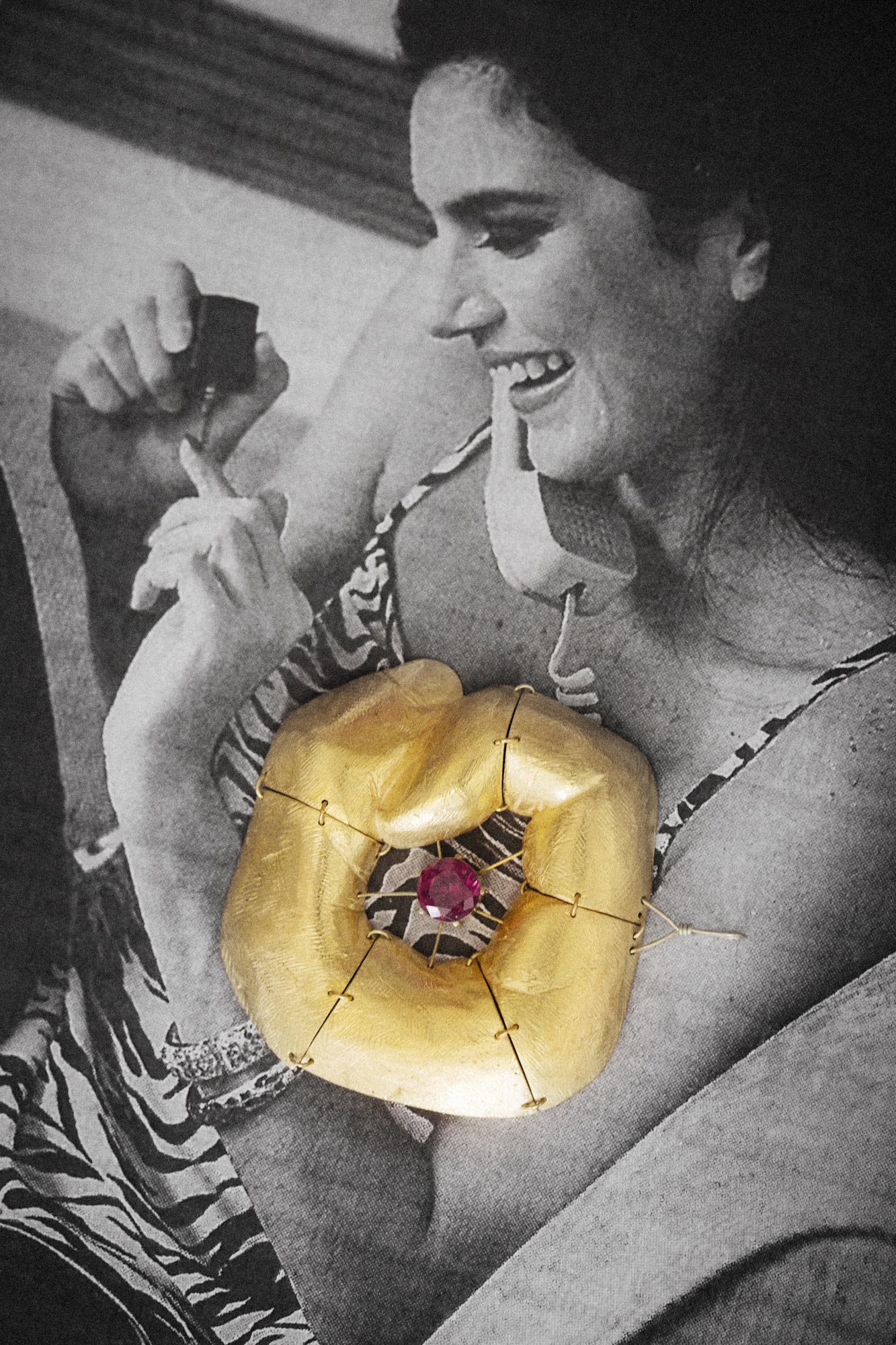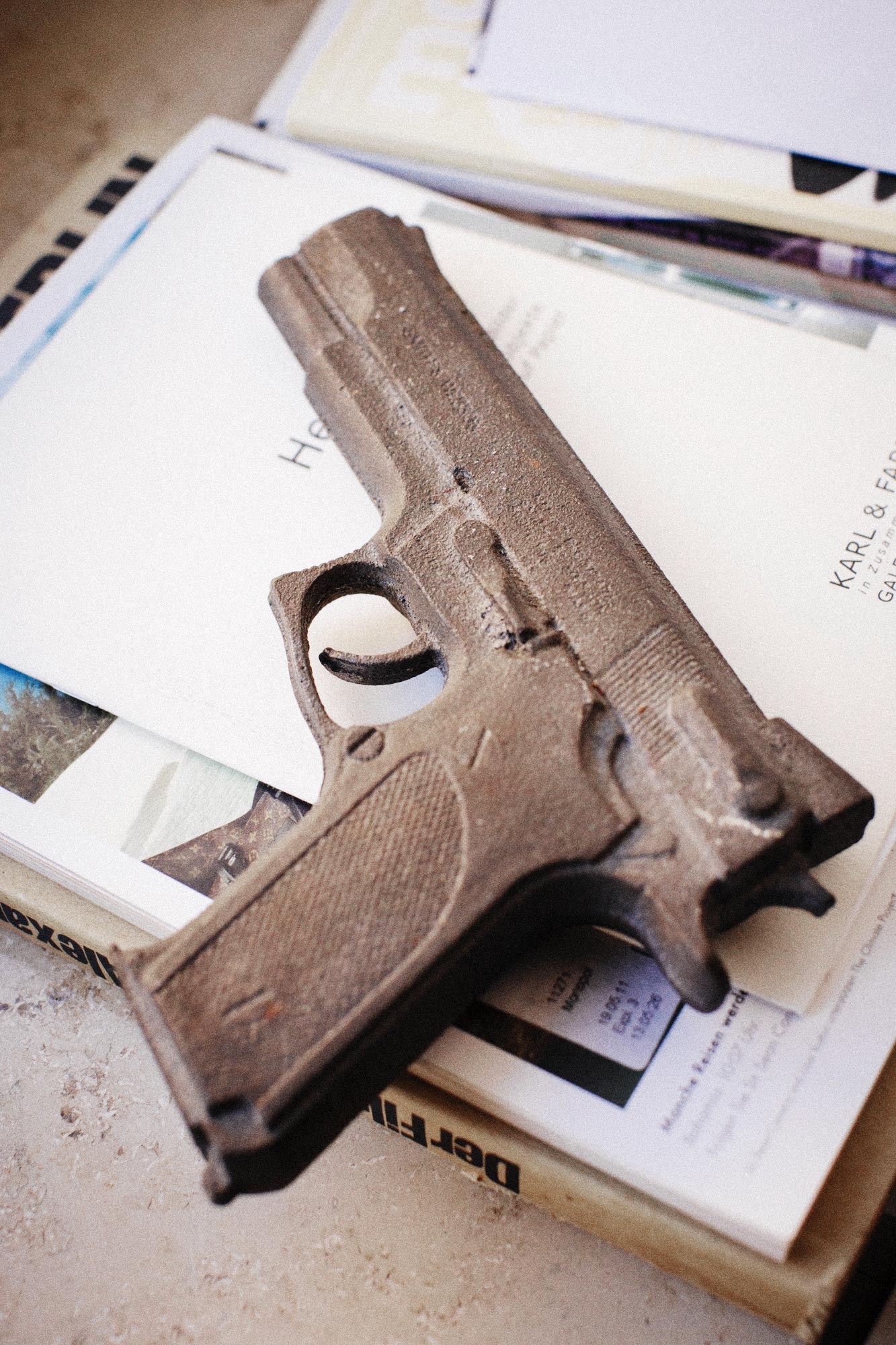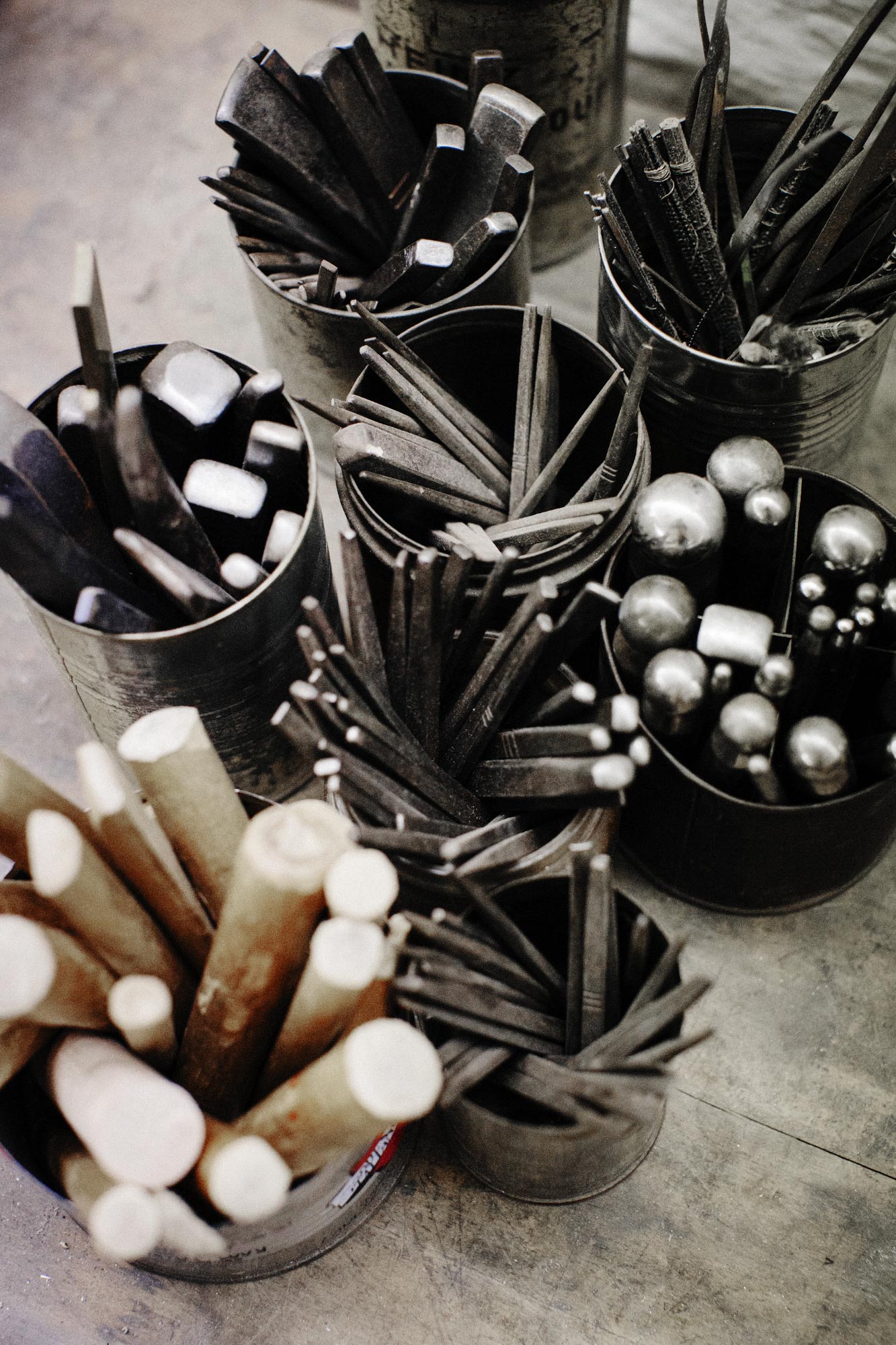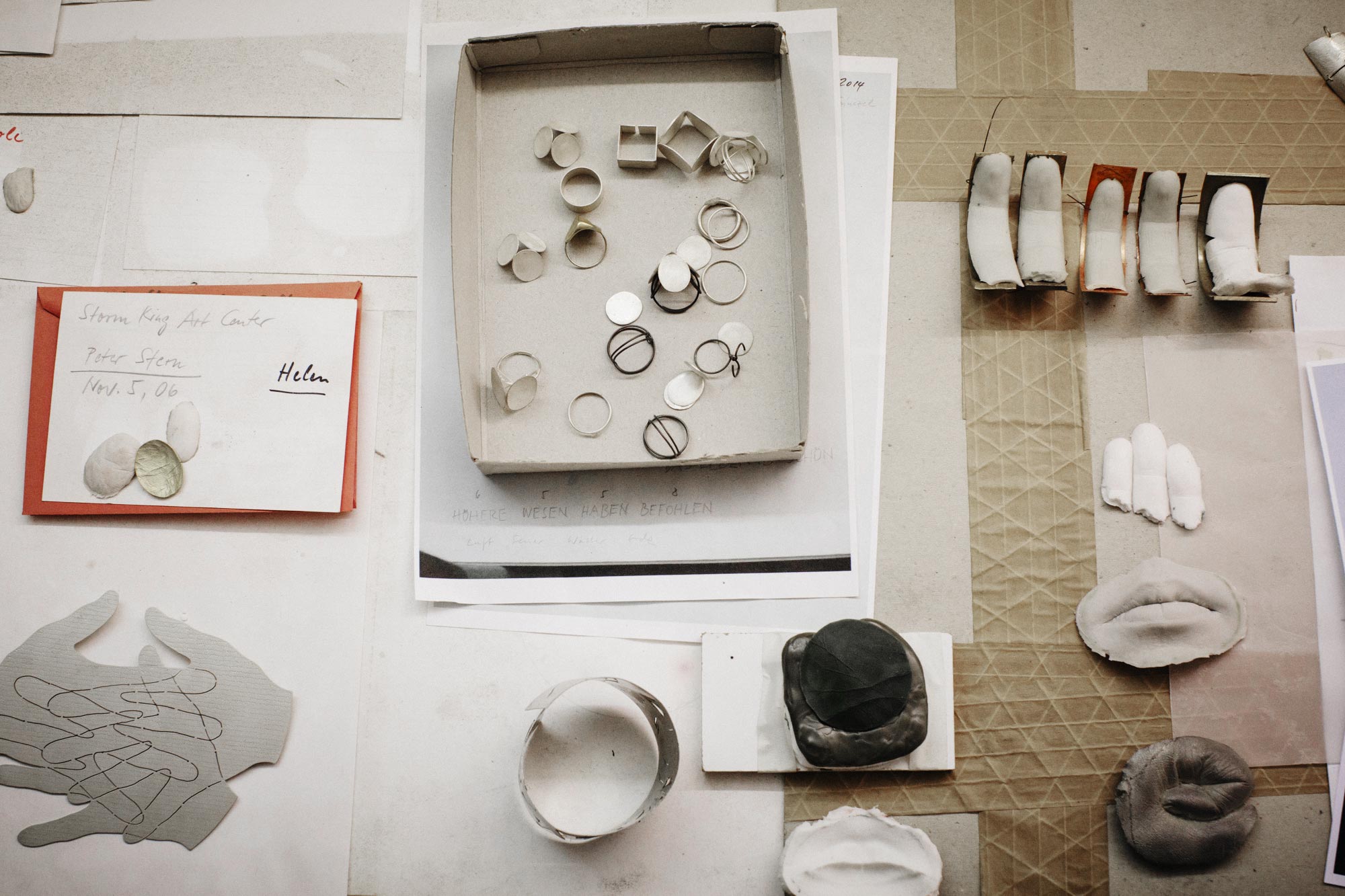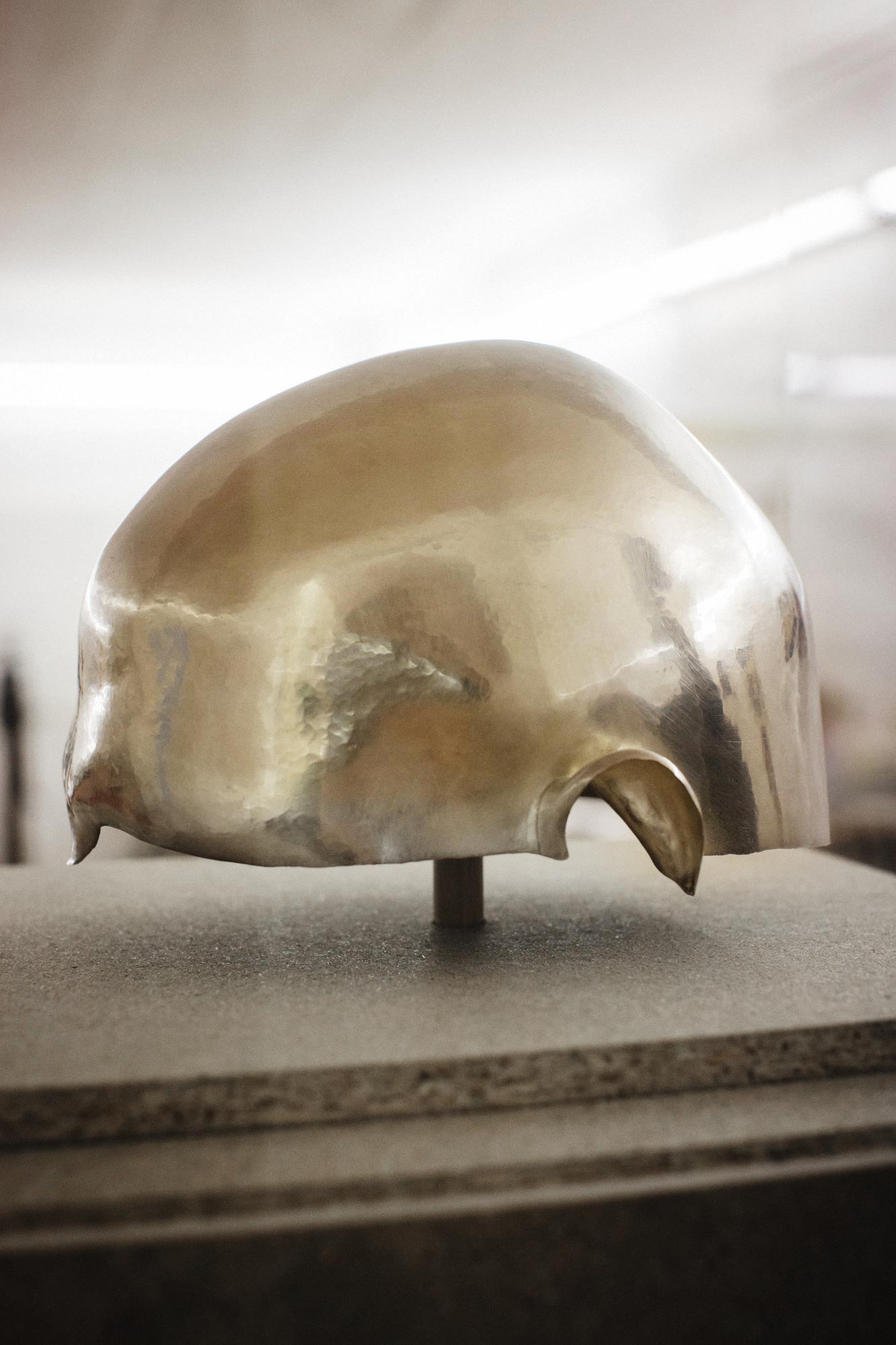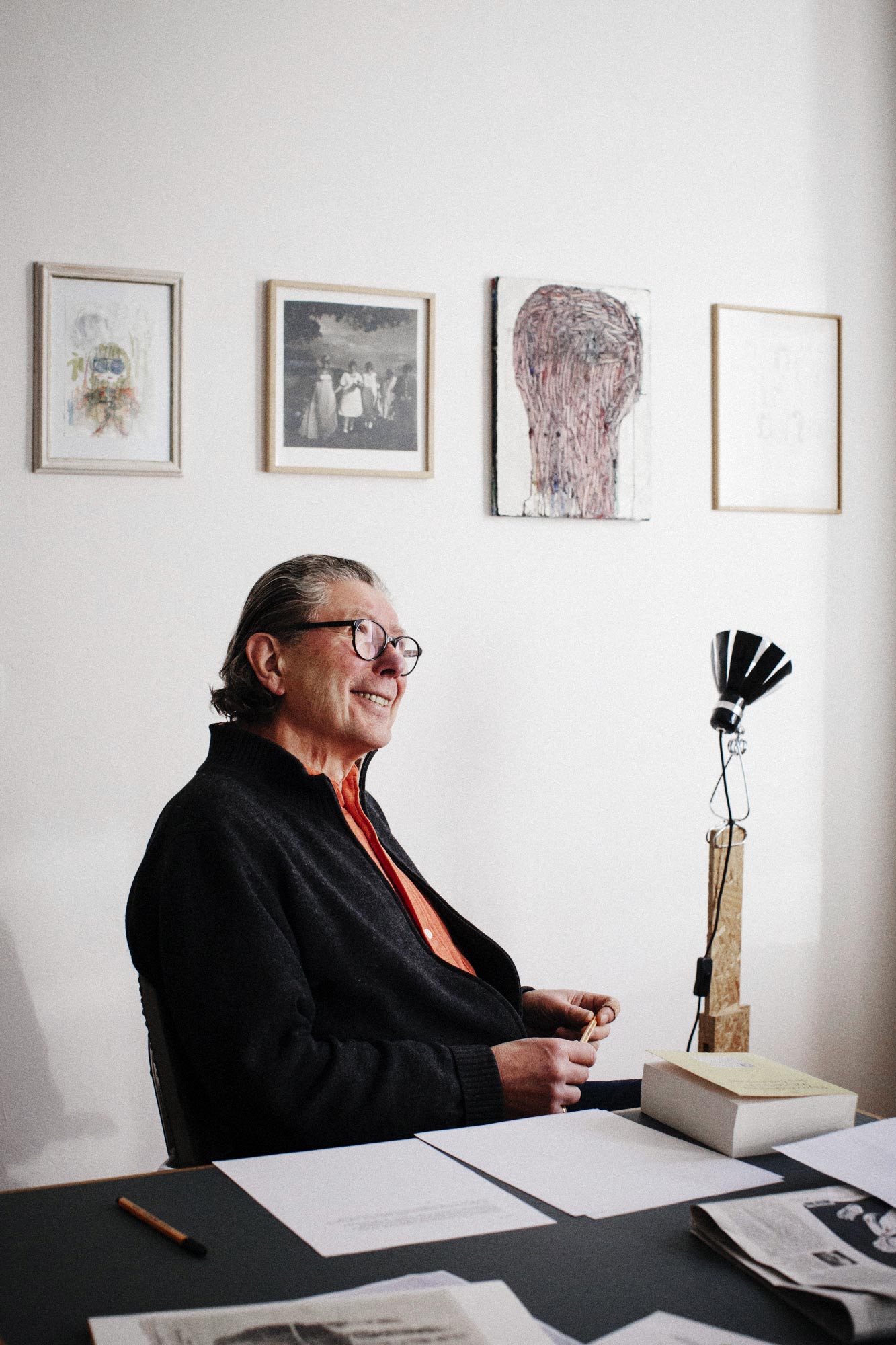Among jewelry’s inherent characteristics are the facts that it closely conforms to the human anatomy and pierces the skin. In addition to this, pieces of jewelry made by the Munich-based goldsmith Gerd Rothmann always bear the physical imprint of a person, e.g. the collector Jan Teunen’s legendary golden nose (1984). The individual signature appears as a fetish with sculptural power.
Art Aurea You’ve made jewelry with casts molded from the bodies of the wearers or from other people who are close to you since the 1970s. Where did you get this idea?
Gerd Rothmann The desire to include one’s own body in the design is very archetypal and not new. With my casts of people’s body parts, I try to bring something personal and unmistakable into an aesthetic form. The 1970s were characterized by a radical upheaval in the culture of jewelry. My conception of jewelry was also altered by my intensive contacts with trends in the visual arts of that decade. I was searching for greater immediacy. Jewelry without a special connection to the person who wears it or who commissioned it seemed arbitrary and anonymously interchangeable. Casts of body parts such as the ears, nose, mouth, nipples, neck, hands and above all fingerprints became my working material.
Art Aurea The 1970s and 1980s were distinguished by a mood of upheaval, and this also included the use of jewelry as an artistic medium. How did you experience this epoch? How would you appraise this phase from today’s perspective?
Gerd Rothmann The Academy of Visual Arts in Munich was my inspiring environment in the 1970s. I never attended the Academy as a student, but the spirit radiating from the Academy formatively shaped my viewpoint and attitude toward art. I had to ask myself an existential question: What can I develop from my craft as a goldsmith that can satisfy my aesthetic standards? This led to a declaration of war, so to speak, against the bourgeois jewelry aesthetic. Otto Künzli thought similarly. Together, and in the context of the contemporary art of that era, we were able to develop our body-related artworks. Our constructive sharing led to a joint exhibition and the catalogue with the title Body Culture in 1982.
Art Aurea In the meantime, hundreds of jewelry makers annually display their artistically ambitious creations in diverse exhibits at Jewelry Days in Munich during the Crafts Fair. Does this mean that contemporary jewelry has established itself as a vital discipline of sophisticated contemporary art?
Gerd Rothmann That’s a difficult question to answer. The jewelry market is determined by the galleries and by the annual crafts fair with its extensive opportunities to exhibit and its various publications. They spark the interest. The circle of collectors and buyers continues to grow. Comprehensive jewelry collections are donated to museums. Artistically interesting and unconventional jewelry is more topical than ever in the public arena. But I believe that jewelry is always an applied art. This applied character has its own artistic approaches and tasks. A genuinely interesting piece of jewelry will always find its market. Major art fairs such as those in Basel, Cologne or Miami are strictly subdivided: visual arts are shown in one hall, while another hall is reserved for design. The jewelry galleries are reputably and firmly established in the field of design, and their clientele includes attentive and critical buyers.
Art Aurea For many years, and always organized by Munich’s Gallery Biró, you’ve displayed your pieces in the Munich Residence together with works by the jewelry artists Robert Baines and Karl Fritsch. You’re staging a one-man show at Galerie Handwerk this year. What’s special about this show?
Gerd Rothmann We need to take a little break as an artists’ group. We’ll again jointly show our new works next year. An interesting aspect of the show at Galerie Handwerk is that my comprehensive archival materials—from the earliest beginnings to the present day—are displayed as an overview of my oeuvre. Collaboration with the gallery was very constructive. I was free to personally design each of the rooms. Rather than trying to stage a manifesto, the idea was to proceed as chronologically as possible. The show is limited to a six-week interval and it probably won’t be followed by a comparably sized exhibition afterwards. Many duplicates will be displayed: each original, i.e. the personally related piece of jewelry, was created in close connection and sharing with the individual who commissioned it or the related person. The duplicates are important for the archive, for exhibitions, or for possible purchases by museums.
Art Aurea The casts of body parts, which you incorporate into your jewelry in sleekly simple shapes, have become a kind of trademark for you. What is it about this theme that continues to fascinate you today?
Gerd Rothmann My motivations have always been to think deeply about jewelry in its original sense and to pursue an ongoing artistic exploration. My theme is the search for an immediate sensual access, for a kind of poetry. A good friend of mine, who is also a successful painter, once said to me: “Rothmann, you’ve got it good. At least you know who it is that you’re supposed to make something for.”
Art Aurea You also experimented with acrylic as a material for jewelry in the 1970s. Why have you returned to working almost exclusively with the traditional material of gold?
Gerd Rothmann In every respect, gold is simply the best of the best. It’s the absolute crowning! I discovered the specific quality of tin at a tin symposium in the 1980s. The metal has a fascinating grayish-silver color. And its low melting point makes it uncommonly easy to cast. Working directly with this metal was a key experience. One can make casts of every conceivable object, pour the molten metal into the mold, and see the results on one’s table relatively soon. Like conceptual sketches, castings too have an important and fascinating function. After precious gold, I discovered tin as a second material for me.
Questions Reinhold Ludwig
Photo Ulrike Myrzik
- —
-
Affairs – overview of works by Gerd Rothmann
Galerie Handwerk
Max-Joseph-Straße 4
80333 Munich
Germany - Link
